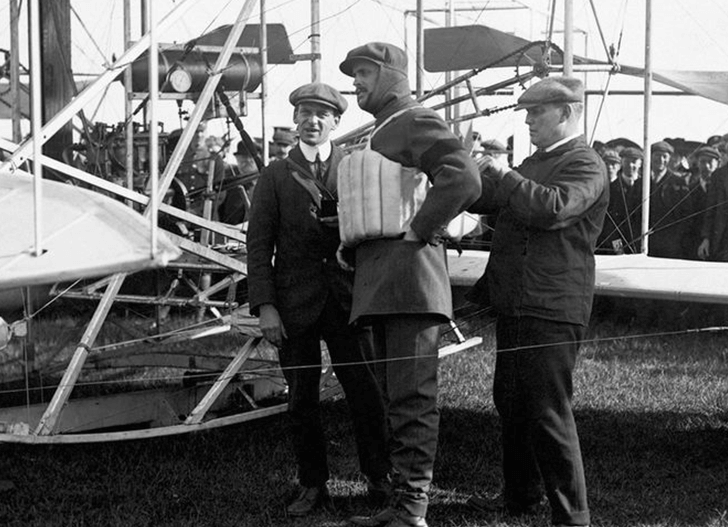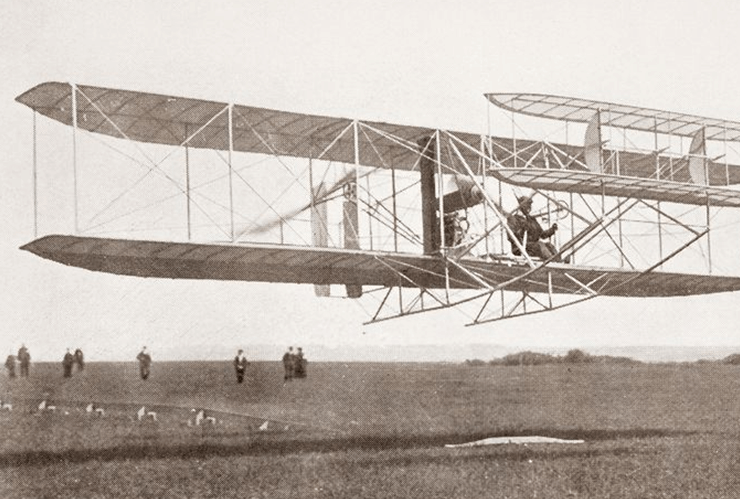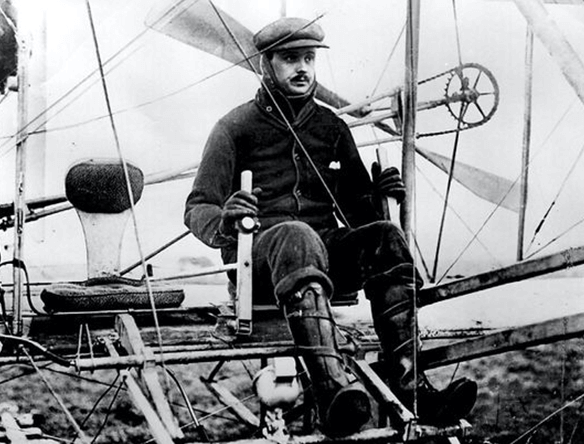Rolls-Royce, co-founded by Charles Stewart Rolls along with Sir Henry Royce, marked the day Rolls became the first aviator to fly non-stop from England to France by releasing a few images of the aviation pioneer.
It was on June 2, 110 years ago that Rolls took off on a solo flight in his rickety biplane to achieve the world’s first non-stop double crossing of the English Channel by airplane.
The 95-minute flight made Rolls the first Englishman to fly an airplane across the English Channel, and the first aviator ever to fly non-stop from England to France and back again.

After putting off his flight for over a week due to high winds, fog, and mechanical problems, Rolls finally managed to take off at 6:30 pm on June 2, 1910.
According to a report in the Daily Telegraph, Rolls reached an altitude of 900 feet and a speed of “quite forty miles an hour” as he approached the coast of France. By 7.15 pm, he was flying over the small French town of Sangatte, where the present-day Channel Tunnel emerges. Here, he threw overboard three weighted envelopes, each containing the message: ‘Greetings to the Auto Club of France…Dropped from a Wright airplane crossing from England to France. C. S. Rolls, June 1910. P.S. Vive l’Entente’’
At 8.00 pm, he was back in Dover where he entertained the waiting crowd by flying in circles around the outer towers of the town’s medieval castle. The 95-minute flight made Rolls the first Englishman to fly an airplane across the English Channel, and the first aviator ever to fly non-stop from England to France and back again.
“Charles Rolls combined a fine technical mind with a bold, adventurous spirit; it is no wonder that aviation and motoring held such powerful, almost magical attractions for him. He was a true pioneer in both fields, instrumental in the development of airplanes and motor cars with his record-breaking feats,” says Torsten Müller-Ötvös, Chief Executive Officer, Rolls-Royce Motor Cars.

In an adventure lasting 95 minutes, Rolls had achieved two immortal landmarks. He had become both the first Englishman to fly an airplane across the English Channel, and the first aviator ever to fly non-stop from England to France and back again.
“It seems particularly appropriate to remember his remarkable flight this year. Apart from the historical significance of the 110th anniversary, it comes at a time when we still face severe restrictions on our freedom to travel and explore. It encourages us to keep looking outwards, over the horizon, and dreaming of adventures we’ll take in the future – a reminder that anything is possible,” further adds Mr. Torsten.
The flight caused a sensation and made Rolls an instant national celebrity. The recently-crowned King George V sent a personal telegram – “The Queen and I heartily congratulate you on your splendid Cross-Channel flight. George R.I.” The Aero Clubs of both England and France presented him with special awards. London’s famous Madame Tussauds even began making a waxwork of him.
Tragically, Rolls met his death just a month after his cross-Channel feat, on 12 July 1910, when the tail-piece of his aircraft broke off it plunged to the ground from a height of 100 feet. He was just a few weeks away from his 33rd birthday.




![The Top & Most Popular Seafood Bucket Restaurants in Dubai for you [Never Miss]](https://uae24x7.com/wp-content/uploads/2020/09/8-seafood-in-a-bucket-scaled-e1600739237403.jpg)
![Procedures for Renewing the Driving License in Abu Dhabi [3 Simple Steps]](https://uae24x7.com/wp-content/uploads/2020/07/Capture-9-e1595666454466.jpg)





